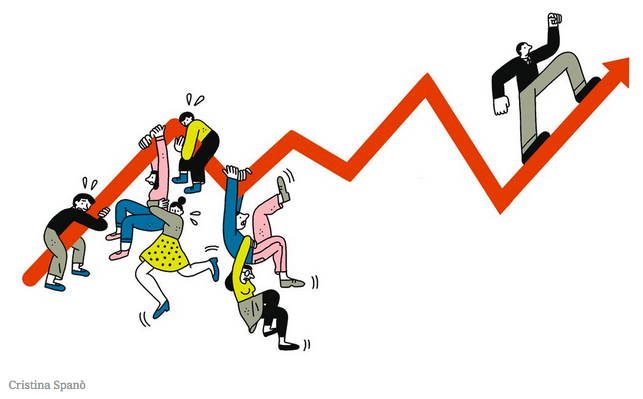Every three months, a select group of Federal Reserve officials gets together to guess where the federal funds rate is headed. That’s the interest rate banks charge one another for overnight loans. It’s important because it’s an economic cue ball, creating a knock-on effect for other interest rates.
The Fed forecasters’ median prediction is that the federal funds rate is headed to 3.4 percent by the end of 2020 from the current 1.9 percent. This means you’ll be paying more to get a mortgage, a new-car loan or to carry a balance on your credit card. How much more? Possibly enough to absorb whatever extra income you might be enjoying from lower tax rates or higher wages.
The Fed is picking our pockets because, to prevent the economy from overheating, it is legally required to keep inflation in check by raising rates. But the task has been made more urgent by the Republicans’ $1.5 trillion tax giveaway to the wealthy and corporations, which effectively threw gasoline onto a very hot barbecue.
“It makes the Fed’s job more difficult all around because what you’re getting is a stimulus at the very wrong moment,” a noted former Federal Reserve chairman, Ben Bernanke, said in a recent appearance at the American Enterprise Institute. Economists at the Fed would never have chosen such a policy. But in the G.O.P., tax cuts aren’t so much science as they are theology, even if the faithful have to be sacrificed.
Demographics of Intergenerational Wealth 2018




